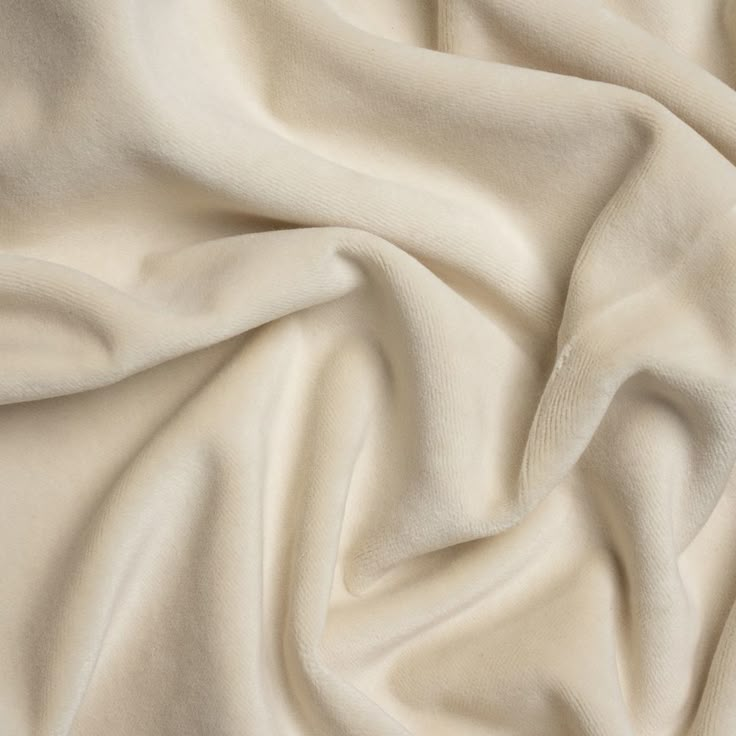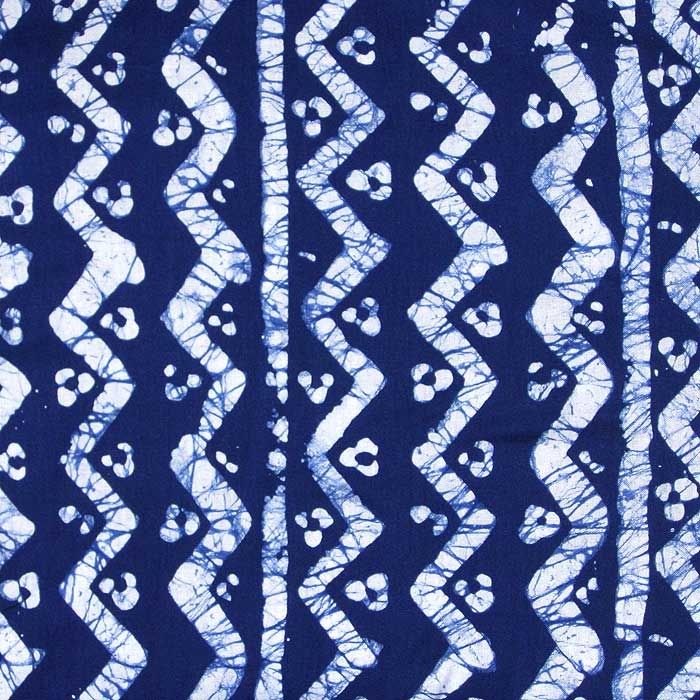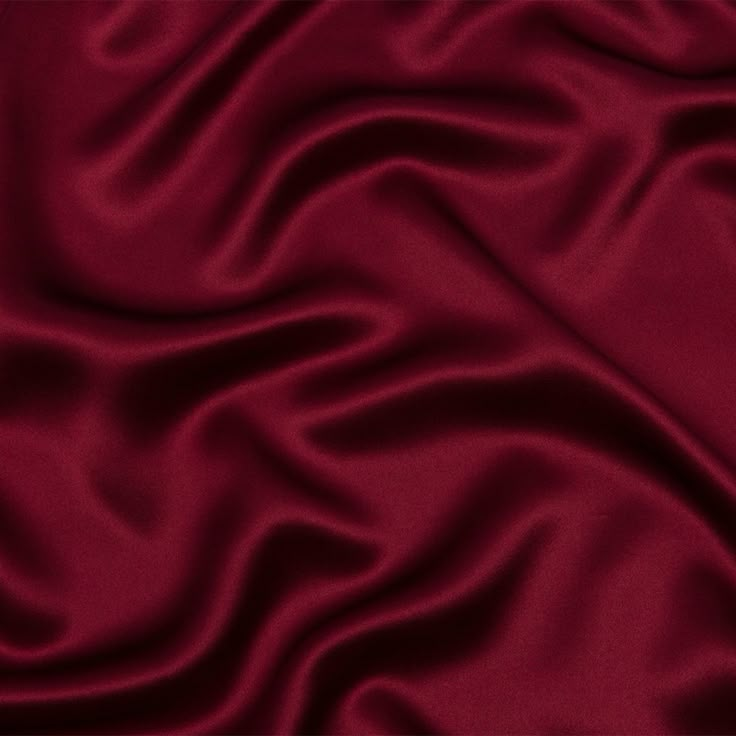Tweed fabric has long stood as a symbol of sophistication, durability, and British heritage. This classic textile endures through changing fashion trends, captivating designers and enthusiasts alike. From its origins among the Scottish highlands to its modern interpretations in contemporary fashion, tweed fabric possesses a unique charm that transcends seasonal styles. In this comprehensive exploration, we will delve into the history of tweed, its diverse types and weaves, its applications in fashion and interior design, care and maintenance tips, as well as its sustainable benefits. Understanding tweed fabric enriches your appreciation for this timeless classic and elevates your style choices.
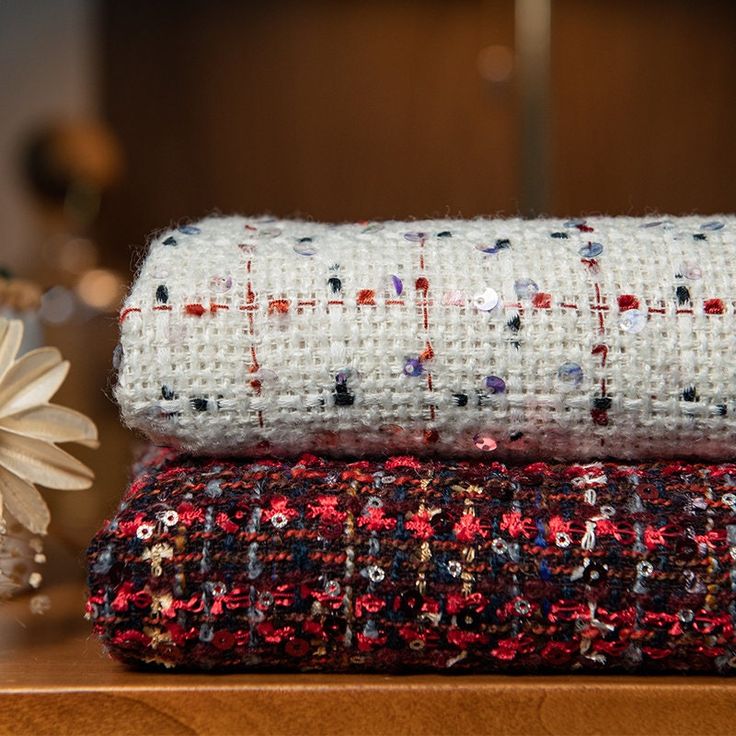
The Rich History of Tweed Fabric
Tweed fabric finds its roots in 18th-century Scotland, where it emerged as a practical material crafted primarily for rural communities. The word “tweed” derives from the River Tweed, which flows through the borders of Scotland and England. Initially, this textile served as workwear for farmers and laborers. Its heavy texture and resilience allowed the fabric to withstand the harsh elements of Scottish weather.
During the 19th century, the popularity of tweed expanded beyond rural Scotland, gaining traction among the British aristocracy. The fabric transitioned from mere practical use to high fashion, embraced by influential figures, including Scottish estate owners. Wealthy landowners adopted tweed suits for hunting and outdoor activities, further solidifying its status as a luxurious yet functional fabric.
Tweed found its place in popular culture thanks to iconic designers like Coco Chanel and later figures such as Ralph Lauren. Chanel introduced tweed to women’s fashion, creating looks that combined elegance with wearability. Today, tweed is synonymous with classic tailoring, providing a stylish option for both men and women. Its fascinating history showcases its evolution from humble beginnings to a fabric that epitomizes tradition and modernity.
Characteristics of Tweed Fabric
Tweed fabric possesses distinctive characteristics that contribute to its enduring appeal.
1. Tightly Woven Structure
Tweed is a tightly woven fabric, which enhances its durability. This close weaving technique creates a sturdy textile, ideal for various garments. The structure of tweed allows it to withstand wear and tear, making it a favorite for outerwear.
2. Rough Texture
The texture of tweed is slightly rough, giving it a unique feel. This roughness adds visual interest and depth to the fabric. While it provides durability, it also embodies a rustic charm that many people appreciate.
3. Weather Resistance
One of the standout features of tweed is its resistance to weather elements. It performs well against wind and light rain, making it practical for outdoor wear. This quality helps keep the wearer comfortable in cooler and damp conditions.
4. Pattern Variety
Tweed often features various patterns, including herringbone, checks, and houndstooth. These classic designs enhance the fabric’s aesthetic appeal. The patterns add a timeless elegance, making tweed suitable for both formal and casual attire.
5. Flexibility in Use
Despite its heavy appearance, tweed is highly flexible. It adapts well to different styles, being suitable for both heavy outerwear and lighter garments. This versatility makes tweed a popular choice for jackets, skirts, and accessories.
6. Warmth and Breathability
Tweed’s natural wool composition provides excellent warmth. This quality makes it perfect for cooler climates. Additionally, the breathability of wool ensures comfort, allowing moisture to escape while retaining heat.
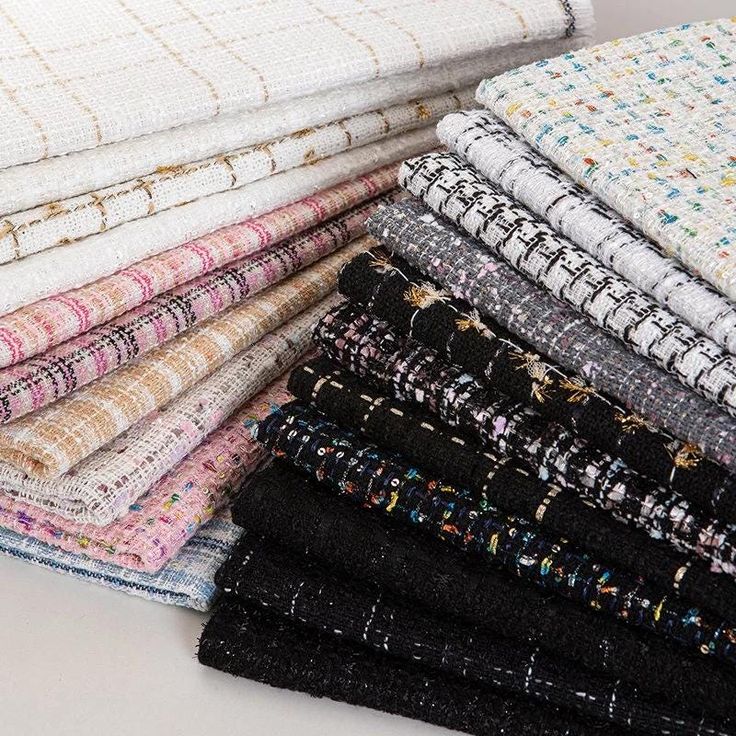
The Making of Tweed Fabric
Tweed fabric is crafted with precision and skill. Its unique production involves distinct materials and techniques, along with diverse patterns and styles.
Materials and Weaving Techniques
Tweed fabric primarily uses wool as its base material. Wool fibers are chosen for their warmth, flexibility, and durability. Before weaving, the wool is cleaned, carded, and spun into threads. These threads are often dyed in various colors, creating the foundation for tweed’s signature patterns. Natural dyes are sometimes used for an eco-friendly approach.
Tweed weaving involves a classic technique called twill weave. This method creates diagonal lines and adds texture to the fabric. The threads are tightly woven to ensure sturdiness, which gives tweed its rugged, weather-resistant characteristics. Some artisanal techniques involve hand weaving, showcasing craftsmanship and heritage.
Patterns and Styles in Tweed
Tweed is loved for its wide range of patterns. Herringbone, with its V-shaped zigzag design, is a popular choice. Checked tweed features intersecting lines and squares, offering a sophisticated appearance. Houndstooth tweed presents a jagged, tooth-like design that is both bold and classic.
Tweed styles also vary by weight and color. Heavy tweeds are used for winter coats, while lighter versions suit office wear. Neutral shades dominate traditional tweeds, though modern designs increasingly use vibrant hues. These styles ensure tweed caters to varied preferences and applications.
Crafting tweed is an art that combines technique with creativity. Its unique patterns and materials keep it a staple in fashion and beyond.
Popular Uses of Tweed
Tweed fabric has many practical and decorative uses. It is valued for its versatility and style.
Tweed in Fashion and Apparel
Tweed is a favorite in the fashion world. Its durability and elegance make it ideal for various garments. Tweed jackets are a timeless staple, offering warmth and sophistication. Suits made from tweed provide a professional yet stylish look. Winter coats in tweed are known for being both durable and chic.
Accessories also use tweed for a refined touch. Tweed handbags, hats, and scarves showcase its unique patterns. Designers often blend traditional tweed with modern silhouettes, creating trending pieces. The tweed remains a symbol of luxury and classic fashion.
Tweed in Home Decor
Tweed fabric adds charm to interior design. Its durability makes it perfect for upholstery and soft furnishings. Tweed-covered sofas and chairs bring a cozy and classic vibe to living spaces. Pillows in herringbone or checked tweed patterns add texture and sophistication.
Throws made from tweed are both warm and stylish. They fit well in rustic or modern interiors. Curtains crafted with tweed lend a rich, heritage feel to rooms. Tweed’s natural warmth and patterns make it popular in home aesthetics, combining style with reliability.
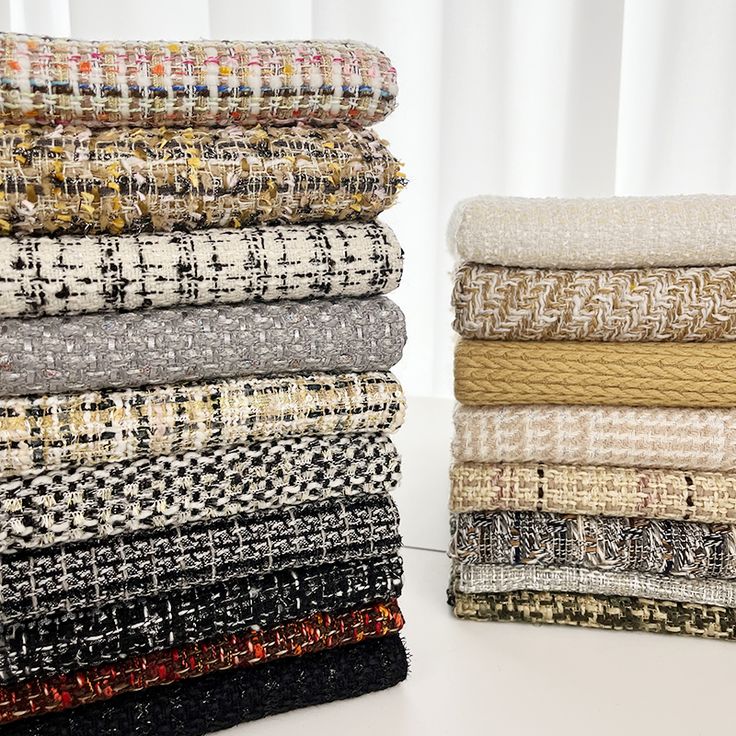
Types of Tweed Cloths
Tweed fabric boasts multiple types, each with unique traits and regional origins. These variations highlight the creativity and tradition behind this timeless material.
Harris Tweed
Harris Tweed is one of the most famous types of tweed. It is exclusively handcrafted in the Outer Hebrides of Scotland. Made from pure virgin wool, Harris Tweed undergoes dyeing and spinning before being handwoven by islanders. Its authenticity is guaranteed by the Harris Tweed Authority. Distinct patterns and earthy tones define this high-quality fabric. It offers durability, warmth, and a rich heritage appeal.
Donegal Tweed
Donegal Tweed originates from County Donegal in Ireland. It is celebrated for its vibrant colors and flecked patterns inspired by Irish landscapes. Donegal Tweed is traditionally woven from wool and often features bright pops of color amidst muted tones. This fabric is versatile, commonly used for jackets, suits, and hats. Its striking characteristics showcase Irish craftsmanship and culture.
Other Regional Variants
Besides Harris and Donegal, other regional tweeds have gained recognition. Yorkshire Tweed, produced in England, features robust textures and classic patterns. Welsh Tweed offers bold hues and unique designs from Wales’ heritage. Shetland Tweed, originating from Scotland’s Shetland Islands, is lightweight and known for softer, brushed finishes. Each regional tweed reflects its local traditions, adding diversity to fashion and design.
Why Tweed Remains Popular Today
Tweed fabric continues to captivate fashion and design enthusiasts around the globe. Its unique qualities and rich history contribute to its enduring appeal.
Durability and Functionality
Tweed fabric is celebrated for its exceptional durability. Crafted from tightly woven wool, it resists wear and tear, making it perfect for daily use. Its weather-resistant nature protects against wind and rain, ideal for colder climates. The fabric’s natural warmth provides comfort during chilly seasons, while its breathability ensures wearability across varied conditions.
Tweed’s functionality extends to its versatility. It is suitable for many purposes, from garments to home decor. Heavyweight tweed offers insulation in coats, while lightweight options are great for office wear. Its low-maintenance nature also adds to its practicality. Whether it’s a tweed jacket, sofa, or bag, the fabric adapts to timeless and modern needs.
Timeless Appeal in Modern Fashion
Tweed has a classic charm that transcends trends. Its associations with heritage, sophistication, and elegance attract designers and consumers alike. Fashion houses frequently showcase tweed in their collections, blending traditional patterns with sleek designs. Its versatility complements both formal and casual looks, appealing to a wide audience.
Tweed’s adaptability ensures it remains relevant. Contemporary designers experiment with vibrant colors, modern silhouettes, and innovative accessories. This keeps tweed fresh in the ever-changing fashion world. From runway shows to everyday styles, tweed embodies both tradition and innovation.
The fabric’s cultural significance also highlights its unending popularity. Wearing tweed symbolizes an appreciation for quality and history. It’s a statement of refinement, seamlessly bridging the gap between the past and present. Tweed’s durability, functionality, and timeless appeal make it a staple in wardrobes and homes worldwide.

Caring for Tweed Cloth
Tweed fabric is durable but requires proper care to ensure its longevity and appearance. Regular maintenance and appropriate storage are essential steps to preserve its quality.
Cleaning and Maintenance Tips
- Spot Clean Minor Stains: Use a damp cloth to dab stains gently. Avoid scrubbing to prevent damage.
- Dry Cleaning: Tweed garments and upholstery should be dry cleaned to maintain texture and color. Consult care labels beforehand.
- Brush Regularly: Use a soft-bristled brush to remove dust and debris from tweed fabric. Brushing maintains the weave.
- Air Dry: Always air dry tweed items rather than using a tumble dryer. Heat might shrink wool fibers.
- Avoid Washing with Harsh Chemicals: Mild detergents are ideal for tweed. Avoid bleach or strong cleaning agents.
- Handle With Care: Tweed fabric should be treated gently to prevent fraying or loosening of threads.
Storing Tweed Correctly
- Keep in a Cool, Dry Place: Store tweed away from humid and warm conditions to avoid mold and mildew.
- Use Padded Hangers: For tweed jackets and coats, padded hangers prevent deformation and maintain shape.
- Fold or Roll Light Items: For scarves and throws, fold or roll them softly to avoid creasing.
- Protect Against Moths: Use moth repellents or cedar blocks to safeguard tweed fabrics from pest damage.
- Cover in Breathable Material: Wrapping tweed in cotton or linen covers protects it while allowing airflow.
- Avoid Plastic Bags: Plastic bags can trap moisture and affect the wool’s natural fibers.
Proper cleaning and storage practices ensure tweed remains timeless and elegant.
Sustainable Aspects of Tweed
Tweed fabric holds a unique place in sustainable fashion. Its natural materials and heritage craftsmanship make it environmentally-friendly and socially responsible.
Eco-Friendliness of Natural Wool
Tweed fabric uses wool, a renewable and biodegradable material. Wool production has minimal impact on the environment. Sheep naturally grow wool, requiring just grass, water, and air.
Wool is durable, reducing the need for frequent replacements. Its breathability and warmth lower energy consumption for indoor heating. Cleaning wool fabric involves mild detergents, preventing pollution from harsh chemicals.
Dyeing processes in tweed sometimes use natural dyes. This eco-friendly method avoids synthetic chemicals that harm ecosystems. Modern tweed makers also explore sustainable dyeing innovations to minimize environmental impact.
By choosing tweed made from wool, consumers support sustainable fashion practices. Wool’s renewable nature makes it a conscious choice for reducing textile waste.
Supporting Local Artisan Craftsmanship
Tweed production relies on skilled artisans and traditional methods. Regions like Scotland and Ireland value handmade craftsmanship. This ensures authenticity and supports local economies.
Artisans handweave some tweeds, preserving centuries-old techniques. These skills care for resources and avoid mass-production’s environmental strain. Buying such tweeds promotes ethical trade and safeguards cultural heritage.
Small-scale tweed makers invest in fair wages and work conditions. This encourages economic growth in rural communities. Supporting local artisans sustains their livelihoods and keeps heritage weaving alive.
By embracing tweed fabrics, consumers contribute to preserving artisan skills and reducing fast-fashion reliance. Tweed connects sustainability with style, making thoughtful choices for a better future.
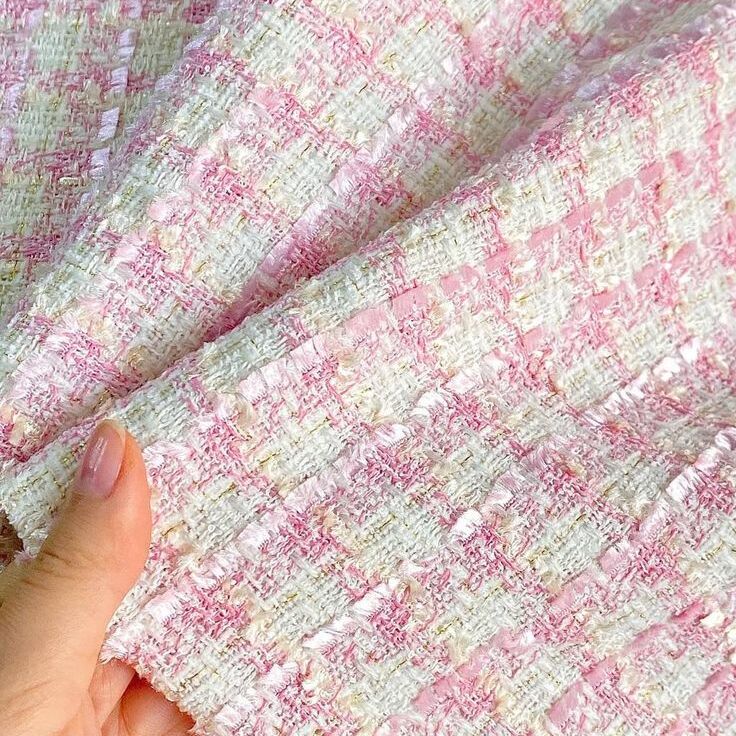
Conclusion: Celebrating Uniqueness in Tweed Fabric
Tweed fabric continues to capture hearts and minds, standing tall as a testament to its rich heritage, versatility, and timeless charm. From its fascinating history in Scottish culture to its modern-day adaptations in fashion and interior design, tweed embodies elegance, durability, and practicality.
Whether you choose to wear tweed blazers, incorporate it into home furnishings, or select accessories that feature its unique textures and patterns, this classic fabric can enrich your life in many ways. Understanding the different types of tweed and exploring styling options allows you to appreciate the artistry of this material even further.
Maintaining and caring for your tweed items ensures they retain their beauty and functionality for years to come. Embracing tweed’s sustainable qualities supports a more ethical approach to fashion and home decor, aligning your choices with a growing global consciousness.
In a world filled with rapidly changing trends, tweed fabric remains an enduring classic that adapts beautifully to modern aesthetics while celebrating its heritage. By incorporating this timeless fabric into your wardrobe or home, you become part of its rich narrative— a story that continues to evolve while holding onto the elegance and tradition we all admire.
